
views
In Bundelkhand’s arid expanse, green wheat in a lush field is a sight for sore eyes — just like the ready-to-be-harvested crop in the gram panchayat of Dhanwada in Lalitpur district.
 Only, the field stands where a lake, built under the Mahatma Gandhi National Rural Employment Guarantee Act (MGNREGA) is supposed to be, as announced by a rusty, old board at its entrance and the two ghats stepping into the non-existent water. “This lake was built in 2009 for Dhanwada, but some dabangg farmers captured the land,” explained Sitaram, a Lalitpur local and NGO activist working on livelihood issues in the area. “No one can really argue with them,” he says. “You see,” he continues, “they’re too close to the pradhan.”
Only, the field stands where a lake, built under the Mahatma Gandhi National Rural Employment Guarantee Act (MGNREGA) is supposed to be, as announced by a rusty, old board at its entrance and the two ghats stepping into the non-existent water. “This lake was built in 2009 for Dhanwada, but some dabangg farmers captured the land,” explained Sitaram, a Lalitpur local and NGO activist working on livelihood issues in the area. “No one can really argue with them,” he says. “You see,” he continues, “they’re too close to the pradhan.”
Closeness to the pradhan, local leaders or those who belong to the village’s dominant caste seems to be the only way to exercise any rights guaranteed or benefits offered by the State in Bundelkhand. Those devoid of such connections exist simply as the stepchildren of politics. The only time, villagers told News18, anyone remembers them is when elections come knocking.

Nineteen constituencies in Bundelkhand — seen as one of Uttar Pradesh’s most backward regions and repeatedly hit by severe drought since 2007 — voted on February 23. Days before that, the local leaders and their campaigners came to life, like creatures of the unfolding spring, making rounds of villages, soliciting time and votes.
At Nai Basti in Jakhaura block of Lalitpur district, campaigners from the ruling Samajwadi Party (SP) promised that their candidate, having risen from poverty herself, would ensure equal rights and jobs for all. In Naugawan panchayat of Banda district, Mayawati’s Bahujan Samaj Party (BSP) quoted Ambedkar to woo the villagers.
The elections suffused the air people breathe. Every conversation turned to the long-convoluted histories of local candidates, of changing loyalties and who bribed whom and how much.
At one school in Chitrakoot district’s Manikpur town, school teachers organising kabaddi matches named the teams as Congress and Bhajpa, the BJP’s Hindi acronym. In the match between the junior-level students, the 'Congress' lost, while the 'Bhajpa' lost the match between the senior-level students, much to the town’s amusement.
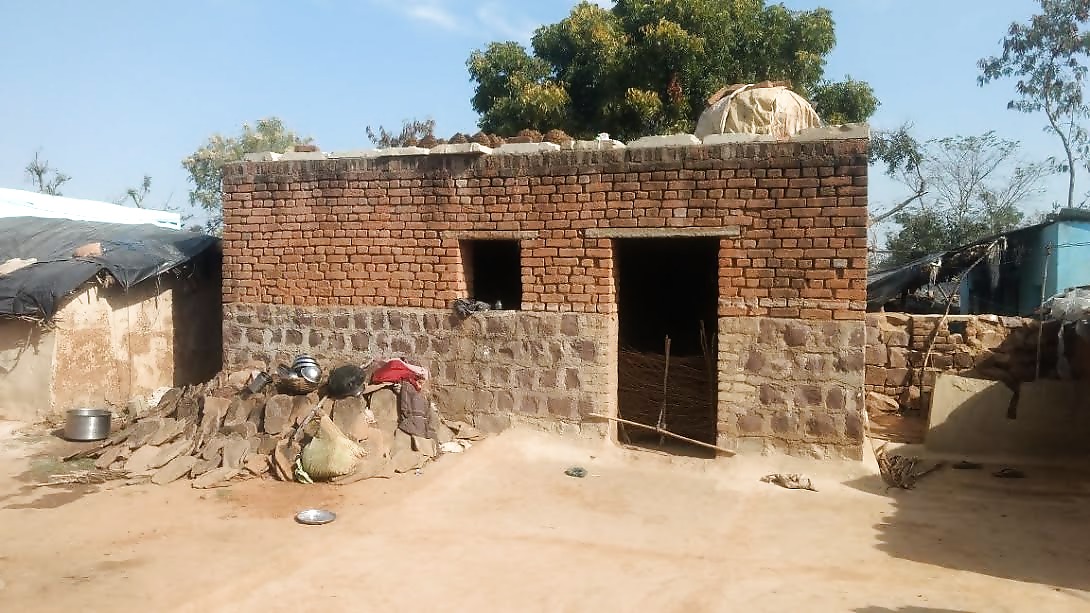
However, in the midst of all this election chatter is strong resentment of work not done. Dalit and Adivasi villagers across Lalitpur, Banda and Chitrakoot districts had the same complaint — no work in agriculture or labour, mass migration of youth to cities in search of employment, jobs denied under MGNREGA or payments delayed by years, and barely any provisions for health, ration and pension.
Everyone News18 met said they would surely vote, but the presence of the government in their lives ends with the ballot box.
The favour of the pradhan has taken on a peculiar pattern in Bundelkhand’s gram panchayats that comprise two or three small settlements under one elected pradhan. The settlements, or purwa or majra depending on the local Bundeli dialect, of the pradhan is often well-to-do. The rest, barely a couple of kilometres away, are quite the opposite.
Nayagaon, a dusty little village in Lalitpur's Jakhaura block, is in shambles. It is populated by the Saharia community, which has been designated a Schedule Tribe by the state government.
“This house was built under Awaas (rural housing scheme). But who can live in it,” said Pukhan, a local woman, pointing at an incomplete structure of bricks and no plaster. The 'house' was being built under the Pradhan Mantri Grameen Awaas Yojana, the rural housing scheme which funds pucca houses for the poor. But Nayagaon loudly accuses their pradhan of having pocketed the remainder of the money needed to finish the structure.

The sorry structure stands next to a house whose roof caved in during the monsoon. People are starved for employment and look for work daily in either the fields of landowning farmers or any other form of daily labour. There has been no work under MGNREGA for months now. “The pradhan says work will come only after elections,” said Pukhan.
But then, availability of whatever little work is also no great source of joy for the villagers — many haven’t been paid for MGNREGA work in years. When Pukhan put the question to the crowd, a group of women immediately raised their hands. A month’s work done three years ago is still unpaid. “The pradhan has been saying he has no money. Upar se nahi aata (it doesn’t come from top),” said Shakan.
To make ends meet, the villagers quarry stone by hand in the acres of rocky land surrounding Nayagaon. The work fetches them Rs 100-150 a day, but is hardly regular. “We get to sell the rock the day the contractor’s truck comes. If it doesn’t, we’re left sitting with the rock,” said Ramdas, perched on the edge of one of the pits he and three other men had managed to dig up. The men and women work almost 12 hours a day, swinging tools that weigh anything between 8-10 kg, for erratic payment. Their hands are so calloused that, as Ramdas demonstrates, rock can no longer easily pierce the skin.
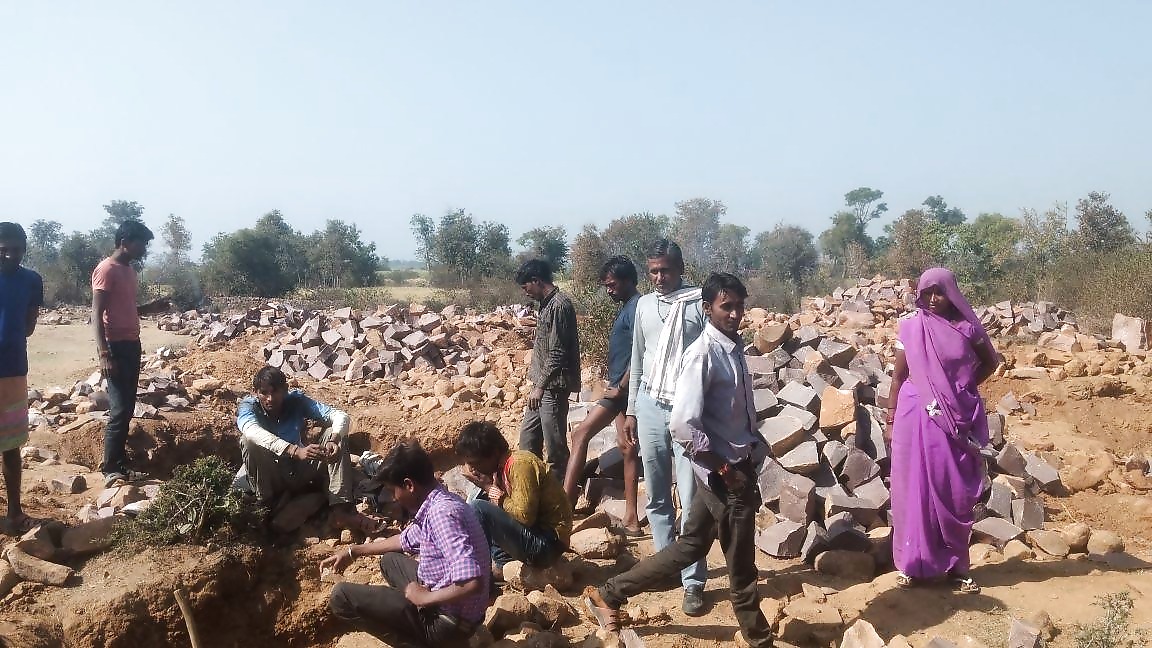
Stone from these parts is taken by various contractors to construction sites all over the region, but work stops whenever it rains, or whenever the police are called. “The bigger farmers keep calling the police. They want us to work only for them, not earn our own living,” said Shankar.
A stone’s throw from Nayagaon is Gangora, where pradhan Jagdish of the landowning Lodhi caste lives. Gangora has a larger population of Lodhis and a small Sahariya community. It is greener, with better houses and is situated near a lake. The Lodhi men milling about the village assured this reporter that things were fine. The MGNREGA had worked well, they said, and pointed to a small cement building being unlocked and swept clean as 'proof' that the anganwadi opened every day. However, the same anganwadi worker is responsible for Nayagaon, where villagers said they saw her once a week.
Many of the Lodhi men are enthused about the BJP’s chances of coming to power, even though Jagdish is a known Samajwadi Party supporter. The small Sahariya basti, however, steers clear of political talk. All they can say is that no one asks about them. Even during the drought of 2015-2016, the government aid only reached the Lodhi community, not the Sahariyas.
“Before elections, they come and fall at our feet,” said a riled up Lachchi of Nayagaon. “But afterwards, they shoo us away with abuses.”
It's the same story in most districts. In Nehri Panchayat of Banda, the Yadav settlement, too, has been left out in the cold by pradhan Rakhu Tiwari of Nehri Gaon down the road.

The Yadavs occupy popular imagination as the strongmen of UP enjoying favour with the ruling SP. In Kachipurwa, though, they struggle for water and work on a daily basis.
A resident named Sanjay asked for work under MGNREGA a year ago but has not got any, nor has he got the unemployment allowance. His payment, amounting to almost Rs 10,000 from four years ago hasn’t reached him yet, he says. Others, too, have sums of Rs 8,000 to Rs 10,000 pending. A few, such as Kehskali, got lucky. By her reckoning, she was owed Rs 12,000 to Rs 13,000, which she received by the end of 2016; albiet after much haggling and delays of six to seven months.
The MGNREGA here doesn’t just suffer from patchy employment days and payments. The road joining Nahri and Kachipurwa runs by what should be a lake and plot for fruit trees and vegetables built under MGNREGA. Again, there is a board announcing the Vriksh Ropan Ka Karya (tree plantation) for Rs 6.30 lakh on December 15, 2010. Beyond the board is empty land with patches of shrubs that goats try to graze on. One section looks dug up as if for a lake bed, but there is not a drop of water.
Kachipurwa residents say the trees planted initially were all used up and uprooted by the Nahri villagers, and the lake only has water during the monsoon. Meanwhile, Raju of Nahri, part of a group herding goats through the would-be plantation, said the area was never maintained after it was built.
Bundelkhand, where people are equally suspicious of politicians and now the weather, seems littered with the collapse of the MGNREGA. “Band pada hai” is a common answer. Even those who were lucky enough to find employment during the severe drought last summer are struggling to get paid.
The Act guaranteeing jobs should have been instrumental in providing livelihood to a region ravaged by successive droughts and troubled by the migration of youth, many of whom were forced to return after losing their jobs to demonetisation. The MGNREGA, however, is in a state of breakdown.
The BJP-run central government may have recognised the importance of the Act after their initial disdain, raising allocation to a record Rs 48,000 crore in Union Budget 2017. However, the money has not made it to the ground. Nor is there an effort to make the existing structure a means of sustainable livelihood.
If the Nahri Gaon residents uprooted the vegetable plot rather than work to maintain it, it’s because local block-level authorities have failed to integrate people further into the programme.
Pramathesh Ambasta, member of the Central Employment Guarantee Council (a government-appointed watchdog of the employment guarantee scheme), sees potential for lasting sustainable livelihoods in the Act. He told News18 that there simply were not enough people to help run and monitor it on ground. Hence, lakes go dry or the land gets seized.
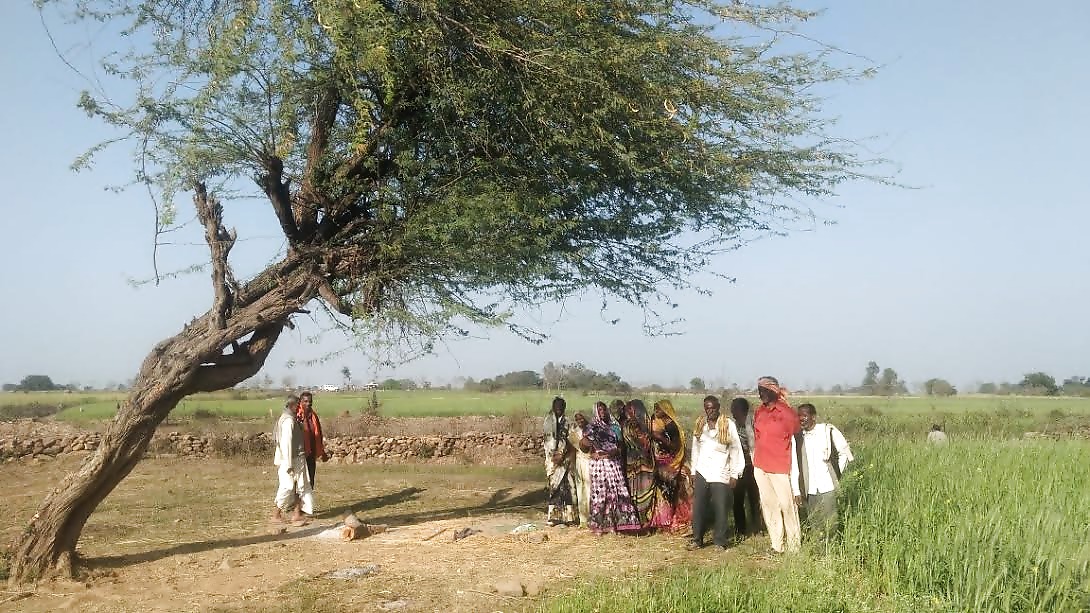
The collapse extends beyond the MGNREGA. In Narhi’s Dalit basti, next to a pole bearing the pradhan’s poster, is a pit. It was the beginnings of a toilet for the Dalits. However, said basti resident Maiki, the pradhan told them to finish building the toilet with their own money and seek reimbursement later. “We don’t have enough money to even feed ourselves. There is no work anywhere. How will we build a toilet?” she asked.
In Mansinghpurwa of Naugawan gram panchayat in Banda, people have to trudge 15 km to Naraini town to consult a doctor. The patient is often carried on a charpai or coir cot.
In Naugawan’s Chaubepurwa, where houses have MGNREGA awareness messages painted on them, Dalits pointed to a gram samaj (common use) land, which could ideally sustain them. It is a barely accessible jungle, with thorny plants running wild. Their pradhan, a Thakur named Gudiya, has told them to get the land cleared on their own. “A JCB machine could do it in 20 or 30 days,” said Rajender, adding, “But it costs Rs 1,000 an hour. We can’t afford that. By hand, it will take us years to weed it out.”
The village, like so many others, stays without work, while the young men and women working as daily wagers in cities send home whatever they can.
Where the State has discarded all responsibility, a host of NGOs and civil societies have rushed in to help. Many exist on paper to get government funds, according to Shiv Kumar, Banda’s head of the civil society networks. Some, though, have managed to create pockets of self-sustenance.
In Lalitpur’s Talbehat block, voluntary organisation Pramarth has a model village, Chandrapur. Here, the villagers, partly funded by Parmarth, collected money and fixed their lake and well. This lake, with a functioning dam, not only sustained them during the drought, but also kept the livestock of 10 other villages alive. They also fixed the canal from the nearby Rajghat dam so it would irrigate their field properly. However, Manvender Singh, who mans Parmath’s local office in Talbehat, also pinpoints the lack of manpower as the reason government functions so poorly on ground.
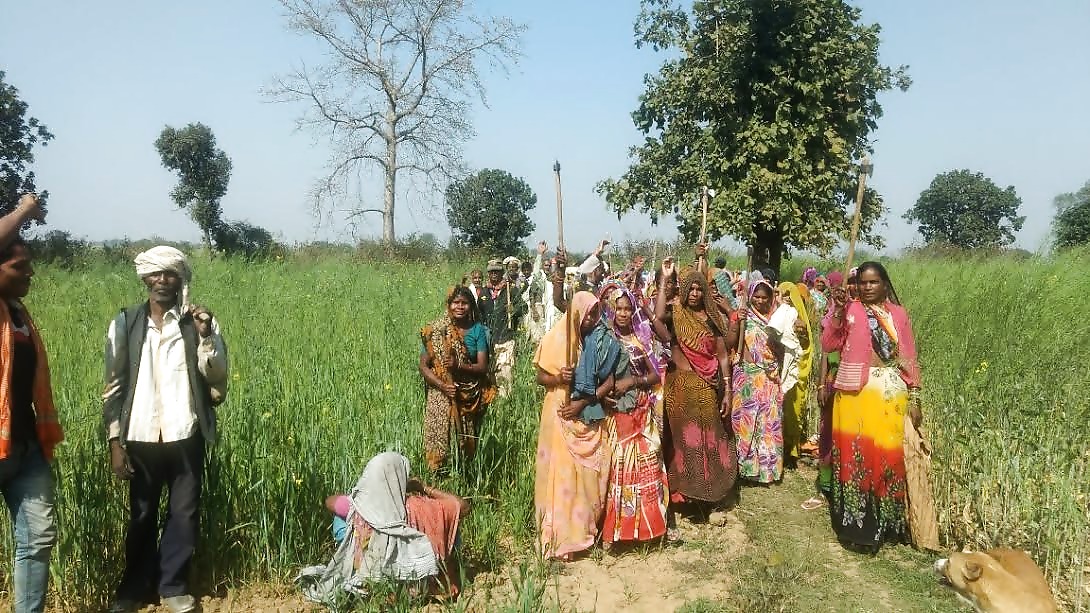
“There is one secretary for about five to 10 gram panchayats and one gram panchayat has a handful of villages. The secretary only sees one village once in two months.”
“We need at least one secretary for one gram panchayat. The government knows this, but doesn't recruit people,” he added.
The biggest counter to State apathy, however, comes from Adivasi villages in the Ranipur Sanctuary of Manikpur in Chitrakoot district. Here, a handful of villages have been leading a land occupation movement since 2012 to assert their rights under the 2006 Forests Right Acts (FRA). United under the Akhil Bharatiya Van Jan Shramjivi Union, villages have captured land in the sanctuary and converted them into fields of wheat and mustard.
Ranipur village has about 1,000 bighas, Jaromaafi has 3,000 bighas and Kihunia and Gidhura have 500 bighas each. Led by fiery grandfather figure Matadayal, who cut his teeth in the local Dalit rights movement, and Mangal bhai, former pradhan of Jaromafi, the villages are engaged in a constant battle with the Forest Department and officers of the sanctuary.
Vast, parched and all shades of dreary brown, the sanctuary became the site for massive protests on December 12, 2012, when Adivasis joined hands to demand land and resources guaranteed to them under the FRA, which had not been implemented in Ranipur. Raising Rs 1 lakh among themselves, they seized the Ranipur land. Since then, defying the Forest Department, they’ve been clearing and tilling land and living off it.
Ranipur’s fields produced 200 quintals of wheat during the drought. “It fed us for almost for four months,” said Bhole bhai, a member of the forest workers' union. “The Forest Department didn’t like it when we started our own awareness groups under the Act,” said Matadayal. “They called us Naxals.” He said that a massive police force descended upon the protest in December 2012. Since then, 19 men in Jaromafi and 16 men in Kihunia have been fighting cases filed by the Forest Department. In 2014, the union workers met Chief Minister Akhilesh Yadav at his Lucknow residence, where he promised them their rights. This, however, has not deterred the Forest Department and the sanctuary from going on the offensive.
Jaromafi, ground zero of the movement, is the only village to keep the forces at bay. In Kihunia, however, the sanctuary has started digging up holes near the fields to plant trees. Nathia, a teenager from Kihunia who faced off against the sanctuary officials, said that the men abused the women working in the fields, telling them they would destroy the crops. Angrily clutching her kulhari (axe), she said that only when women gathered at the local police station at seven in the evening did the sanctuary remove machines from the land. Right now, a few men are digging by hand.
Munna from Gidhura said forest officials repeatedly stopped their work, saying “ the jungle is ours not yours". They also confiscated the villagers’ tools and destroyed the hutments built to keep a watch on the fields.
Despite these conflagrations, villagers are adamant on keeping their land. “We protect the forests, not the department. We won’t destroy trees, we’ll take care of them,” said Jaromafi’s Ram Milan. “What else do we have?” he asked.
Like all other places, there is no other work available. The anganwadi hands out packets of dried food instead of full meals. The anganwadi’s better grains, villager say, are sold to feed the cattle of rich farmers. There are no doctors in the Primary Health Care centres, and villagers use traditional herbs for all ailments. Else, they hire expensive jeeps to go to the hospital in Manipur 20 km away.
Their demand and the refrain in all conversations is jal, jungle, zameen (water, forest, land). Their carefully guarded votes, they say, are only for those who will grant these rights.
(More Sunday Features)











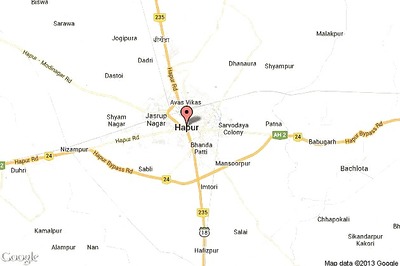



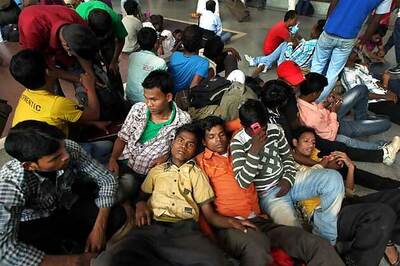


Comments
0 comment